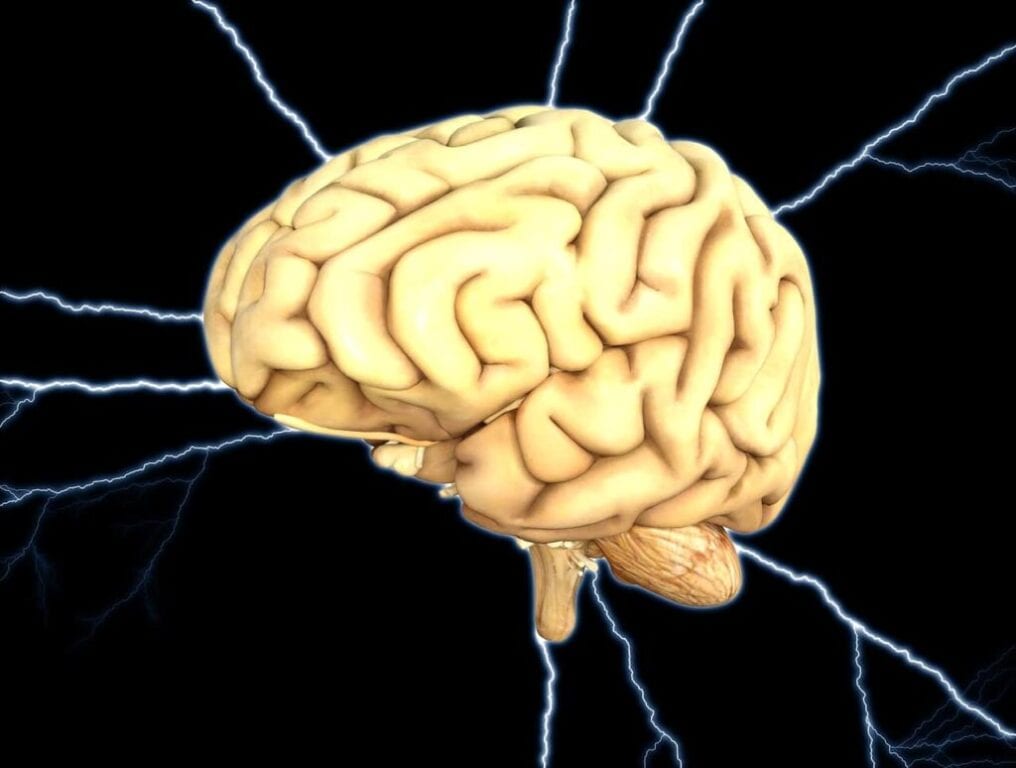When it comes to finding treatments for diseases, whether they’re common or rare, the process doesn’t always start from scratch. In many cases, existing drugs are taken and studied in relation to conditions other than what they were originally created and indicated for. This is exactly what is happening when it comes to branaplam, which was developed to treat spinal muscular atrophy (SMA). Now, Novartis is working with the Children’s Hospital of Philadelphia (CHOP) to evaluate this drug as a therapy for Huntington’s disease.
About Huntington’s Disease (HD)
Firstly, it’s important to understand what Huntington’s disease is. It’s a rare, neurological condition characterized by a progressive loss of physical and mental functioning. Symptoms typically manifest in the 30s and 40s, and affected individuals live for about 15 to 20 years afterwards. These symptoms fall into three categories: uncontrolled motor symptoms, emotional problems, and cognitive decline. The first category includes twitching, shrugging, issues with swallowing, and problems with coordination and walking. The next category sees symptoms like anxiety, depression, mood swings, impulsive behavior, and changes in behavior. Lastly, cognitive decline includes forgetfulness, poor decision-making, and issues with retaining or learning information.
These are all the result of mutated HTT gene, which is responsible for the instructions for the huntingtin protein. This protein builds up before binding to neurons, causing them to progressively die off. This mutation is passed down in an autosomal dominant pattern. Unfortunately, there is no cure or treatment to reverse the effects of Huntington’s disease; treatment is symptomatic.
Branaplam as a Treatment for HD
When it comes to treating Huntington’s disease, medical professionals are generally in agreement when it comes to one major strategy: targeting and lowering the levels of the huntingtin protein. In fact, numerous companies have already began the process of creating drugs that target this protein in some way, such as Roche and uniQure. However, these treatments must be given through a spinal tap or injected directly into the brain, which is invasive, places a burden on the patient, and isn’t necessarily realistic in terms of rolling out on a global level.
Looking at this issue, Novartis saw that a small molecule therapy may be useful in treating HD. This type of treatment can be taken orally, and it also has a good chance of crossing the blood-brain barrier. For a long time, many did not believe that a small molecule therapy could possibly work for HD, but now, there are actually two options in this realm, one of which is branaplam.
About Branaplam
Originally created to treat SMA, branaplam targets splicing machinery, which processes genetic messages. It is able to target these genetic messages and alter them so that the cell will destroy messages that instruct for the huntingtin protein before it can accumulate to toxic levels.
Evaluating Branaplam for HD
The researchers started with cells in a dish, which they treated with branaplam. Upon analysis, they found that the drug was able to stop the splicing machinery from cutting out a pseudoexon. This allows for the proper disposal of the huntingtin protein, therefore stopping toxic accumulation. When treatment was stopped, huntingtin levels jumped back up to the levels they were at pre-treatment.
Further research continued to be positive, showing that higher doses of branaplam relate to lower amounts of the protein. When the researchers switched over to cells affected by HD, these results persisted. Confident in the cellular models, they moved to animal models. After dosing mice with branaplam, the researchers observed the following:
- Four different regions of the mice’s brains showed that the huntingtin message – including the pseudoexon – increased as the branaplam continued to be administered
- A corresponding drop in the huntingtin protein itself was observed as well
- As in cellular models, this effect disappeared when treatment stopped
- Mice treated with branaplam were more similar to healthy mice than those with HD in terms of motor symptoms
- This research is limited and should be explored further
Looking Forward
Now that branaplam has been studied in cellular and animal models of Huntington’s disease, the next step is to study the drug in human patients. The phase I trial went well and produced positive results, with the next step in development – a phase IIb trial titled VIBRANT-HD – happening now. In fact, this trial is the first to utilize adult HD patients. They will be taking varying doses of branaplam in an oral manner once a week. Recruitment is ongoing, and hopefully, we hear about preliminary data soon!
You can find the source article here.








